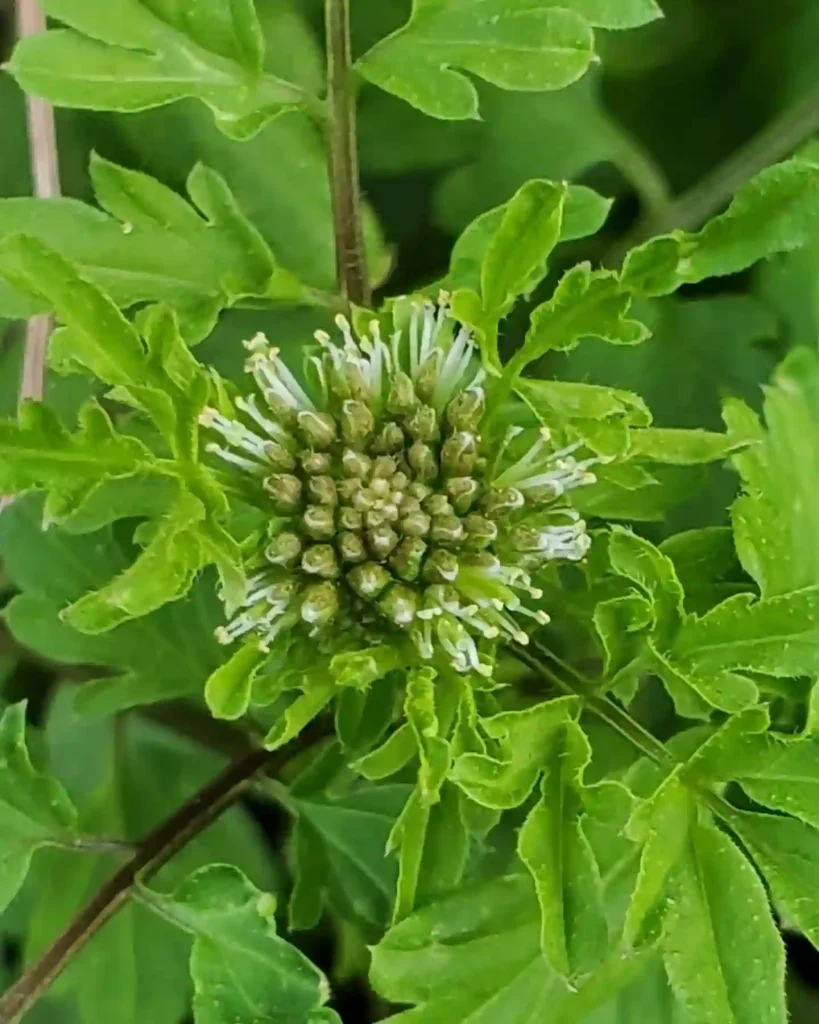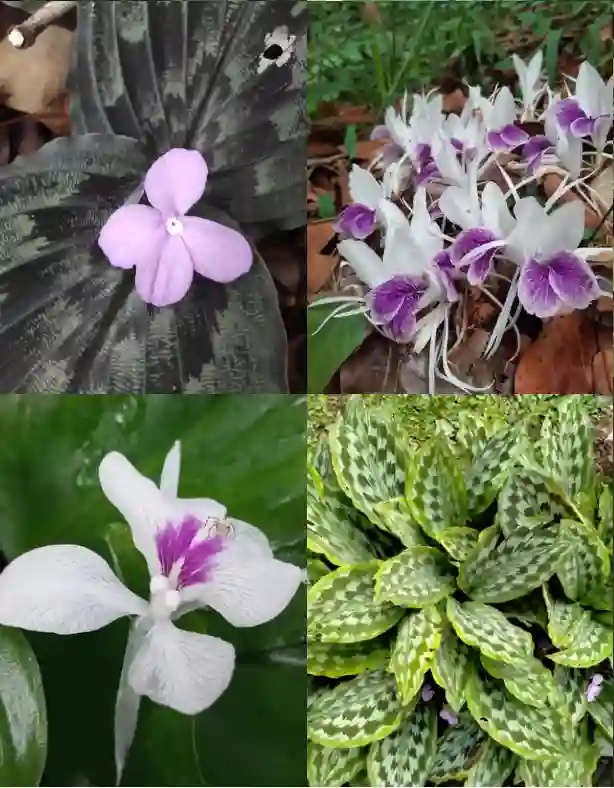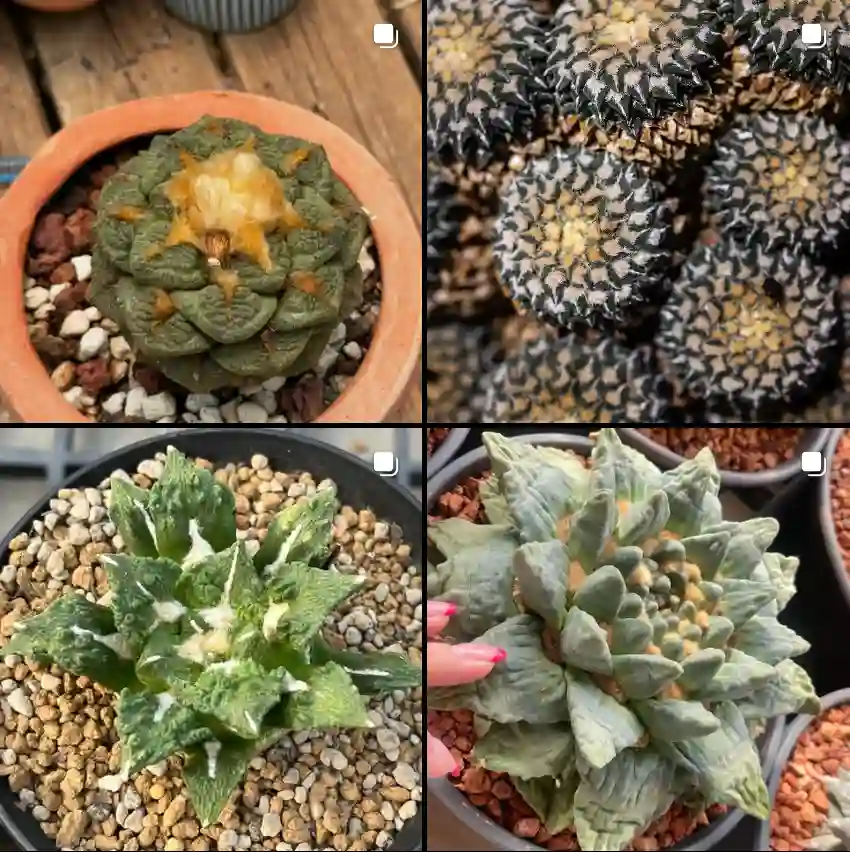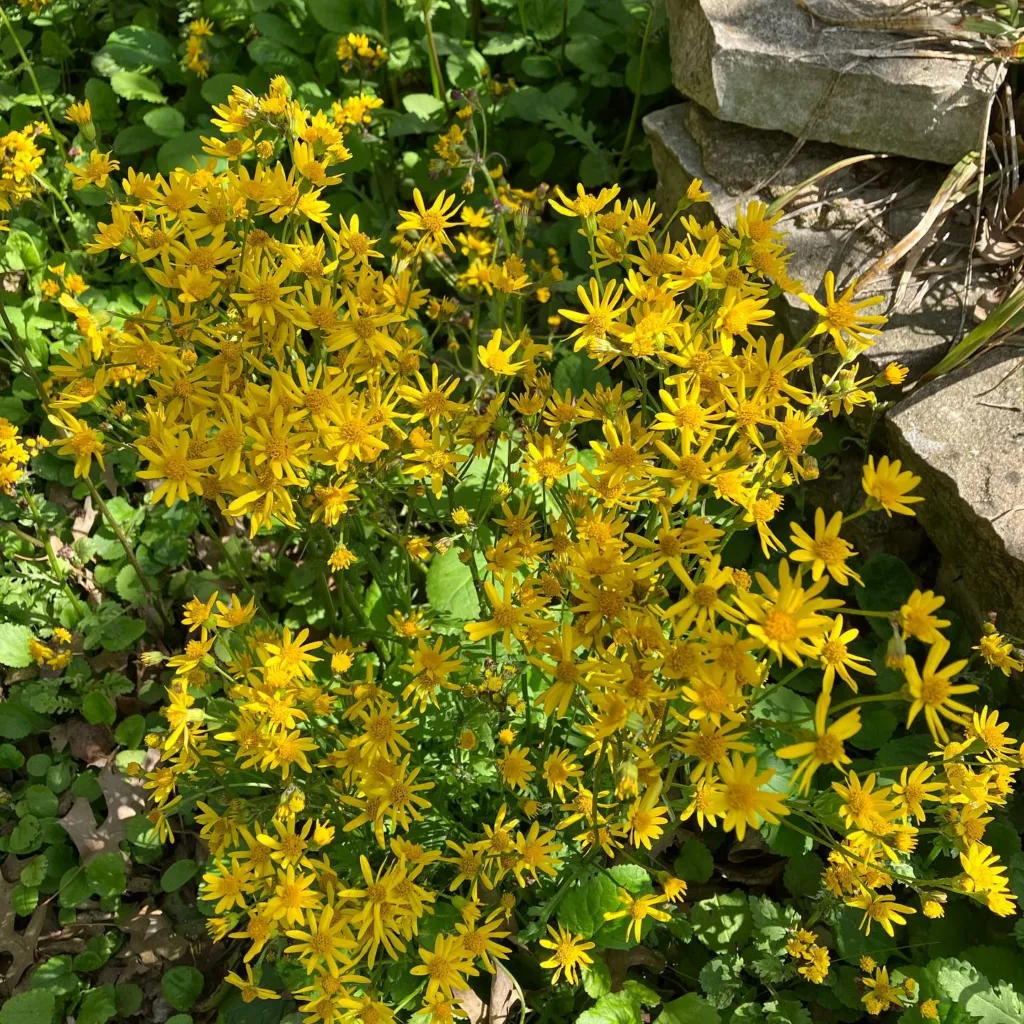Unveiling the Wonders of the Pedaliaceae Plant Family: A Personal Exploration by Ferb Vu
As a passionate botanist, I, Ferb Vu, am constantly drawn to the intricacies and marvels of the plant kingdom. One family that has recently captured my attention is the Pedaliaceae, a group of flowering plants known for their unique characteristics and diverse range of species. Join me as I delve into the fascinating world of the Pedaliaceae family and uncover the secrets behind their allure.
The Pedaliaceae: A Family Defined
The Pedaliaceae family, also known as the sesame family, is a group of plants belonging to the order Lamiales. They are predominantly found in tropical and subtropical regions, particularly in Africa, Madagascar, and Asia. This family is characterized by its distinctive floral structure, which typically consists of tubular or bell-shaped flowers with five petals. The fruits of the Pedaliaceae are often capsules or nuts, containing seeds that are sometimes winged or hairy.
Genera Within the Pedaliaceae Family
The Pedaliaceae family encompasses a diverse range of genera, each with its own unique set of characteristics and adaptations. Some of the most notable genera within this family include:
- Sesamum: This genus is perhaps the most well-known within the Pedaliaceae family, primarily due to its inclusion of sesame (Sesamum indicum), a widely cultivated plant valued for its edible seeds and oil.
- Rogeria: This genus is endemic to Madagascar and is known for its unique fruits, which are often covered in spines or hooks.
- Uncarina: This genus is also endemic to Madagascar and is recognized for its unusual, baobab-like habit and its large, woody fruits.
- Harpagophytum: This genus is native to southern Africa and is famous for its medicinal properties, particularly its use in the treatment of arthritis and other inflammatory conditions. – 2 Species in Genus Harpagophytum
- Dewinteria van Jaarsv. & A.E.van Wyk
- Holubia Oliv.
- Linariopsis Welw.
- Pedaliodiscus Ihlenf.
- Pedalium D.Royen
- Pterodiscus Hook.
- Sesamothamnus Welw.
The Beauty and Significance of the Pedaliaceae
The Pedaliaceae family boasts an array of captivating plants that contribute to the beauty and biodiversity of our planet. Their flowers, ranging from vibrant hues to delicate pastels, attract pollinators such as bees, butterflies, and birds. Their fruits, often adorned with intricate patterns or textures, provide sustenance for various animals, including birds, rodents, and primates.
Beyond their aesthetic appeal, members of the Pedaliaceae family play a vital role in various ecosystems. They contribute to soil stabilization, nutrient cycling, and water conservation. Many species within this family also hold cultural and economic significance. Sesame, for instance, has been cultivated for centuries for its edible seeds and oil, which are used in a wide range of culinary and medicinal applications.
Conservation Concerns and Future Prospects
While the Pedaliaceae family is home to a rich diversity of plants, several species face threats due to habitat loss, overexploitation, and climate change. It is crucial to implement conservation measures to protect these valuable plants and ensure their continued existence for future generations.
As a botanist, I am committed to contributing to the preservation of the Pedaliaceae family through research, education, and advocacy. By raising awareness about the importance of these plants and their ecological roles, we can inspire others to join the cause and safeguard their future.
Conclusion
The Pedaliaceae plant family is a treasure trove of botanical wonders, offering a glimpse into the intricate relationships between plants, animals, and their environments. Through my exploration of this family, I have gained a deeper appreciation for the beauty, diversity, and ecological significance of these remarkable plants. As we continue to unravel the secrets of the Pedaliaceae, let us remember the importance of conservation and strive to protect these botanical gems for generations to come.
If i die, water my plants!



